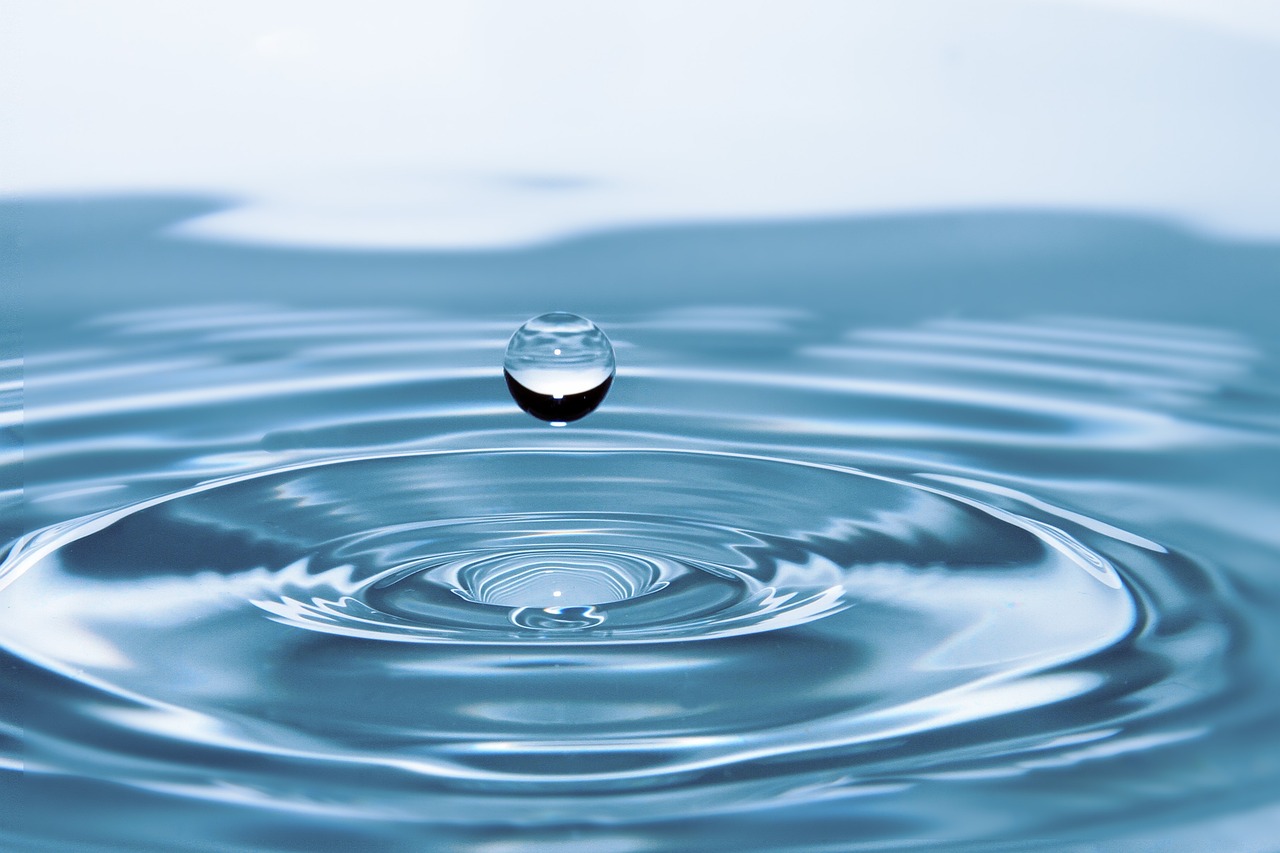
Turbidity is the degree to which non-dissolved solid particles in water create a haze or cloudiness. Carrying out turbidity in water measurements is useful for several purposes, such as checking the effectiveness of water treatment systems, gauging environmental consequences, and determining water quality.
Here’s how you can identify and measure turbidity in water:
Lab Analysis
According to established protocols, water samples can be taken and tested in a lab. This allows for more accurate assessments or the discovery of exact turbidity levels. Some methods include utilizing a spectrophotometer or other high-tech instrument, filtering the water, and measuring its turbidity.
Secchi Disk
Water clarity, indirectly related to turbidity, can be visually assessed using the Secchi disk. The parts are a disk with white and black patterns fastened to a rod or rope. As soon as you submerge the disk, you lift it out of the water and leave it to reappear. The Secchi depth, the point at which the disk vanishes, is inversely proportional to the turbidity. If the vanishing is shallow, the turbidity is high; if it is deep, it is low.
Turbidity Tubes
For a visual estimate of turbidity, turbidity tubes are an easy and inexpensive option. They feature a transparent plastic tube marked with a scale. To measure turbidity, the operator pours a water sample into the tube and then checks the sample’s clarity against the scale. A turbidity tube can give a rough idea of the field’s turbidity without the precision of a turbidity meter.
Turbidity Sensors
Electronic devices known as turbidity sensors monitor the water’s turbidity level. The standard setup has a light source and a detector flanking a water sample from each other. The sensor takes readings of the light intensity scattered by water particles to find the turbidity. Automated water monitoring systems frequently use these sensors.
Turbidity Meter
Turbidity meters, sometimes called turbidimeters, are electronic instruments developed to measure water turbidity. To use one, you shine a light into a sample of water and calculate the amount of light that gets scattered by any particles in the water.
Consider the method’s cost, accuracy, and how well it fits the environment or application when measuring turbidity. Furthermore, for measurements to remain accurate over time, devices need calibration and maintenance regularly.
How do you prevent high turbidity?
A mix of preventative measures to manage sedimentation and other particulate matter that causes cloudiness in water is necessary to avoid water with high turbidity. Some methods for avoiding excessive turbidity are as follows:
- Education and Outreach
Educate individuals, businesses, and communities on how to avoid pollution and keep water bodies clear of turbidity and sediment.
- Management of Land
Reducing sediment entering water sources is possible using proper land management methods, such as maintaining vegetative buffers along water bodies, avoiding deforestation, and minimizing land disturbance during construction.
- Best Management Practices
Suppose you want to keep contaminants and sediment out of water bodies. In that case, you should do what environmental groups and agencies say: follow best management practices for your particular activity or industry.
- Managing Stormwater
It is important to use stormwater management strategies to prevent stormwater runoff from polluting water sources. These include constructing infiltration basins and retention ponds and using green infrastructure approaches such as permeable pavement.
- Monitoring and Maintenance Regularly
Make sure that sediment traps, erosion control measures, and stormwater management structures are in good working order. You can maintain them and regularly monitor water quality parameters like turbidity levels.
- Sediment Control Practices
Prevent sediment runoff and soil erosion into water bodies using erosion control techniques. This includes the construction of sediment basins, silt fence installations, or planting vegetation.
- Protecting Watersheds
Natural features within riparian zones, forests, watersheds, and wetlands can aid in water quality maintenance by preventing sediments and other contaminants from reaching surface waters.
We can take these steps to reduce the likelihood of excessive turbidity in water bodies. This is good for both the ecosystem and water quality.
The danger of turbidity in drinking water?
Turbidity is the degree to which suspended particles, including microbes, clay, silt, and organic matter, impart a hazy or cloudy appearance to potable water. Turbidity is not inherently harmful to human health, but it may indicate the presence of toxic pollutants. Some possible risks linked to turbidity in water are as follows:
Sedimentation and Erosion
Sedimentation and erosion in water sources can degrade habitats and aquatic ecosystems. High turbidity levels in drinking water can indicate this. Additionally, excessive sedimentation can affect water treatment processes. This, in turn, increases operational costs and makes it harder to provide clean drinking water.
Interference with Disinfection
Disinfection methods, such as chlorination, can be rendered ineffective by turbidity. Particles in suspension can obstruct disinfectants. This means that harmful pathogens may be able to survive and remain in the water supply.
Chemical Pollutants
Industrial contaminants, heavy metals, and pesticides are chemical contaminants that turbidity can reveal. Constant exposure to these pollutants, which can attach to suspended particles and make their way into the water supply, can negatively affect human health.
Aesthetic Concerns
High turbidity levels aren’t always dangerous but can alter how water smells, tastes, and looks. This can make people not want to drink it. It may also lead people to buy more bottled water, which harms the economy and the environment.
Microbial Contamination
Turbidity levels that are too high can foster the growth of many microbes. These bacteria, E. coli, Giardia, viruses, and Cryptosporidium, are just a few of the pathogens that could be present in these contaminants. They induce a variety of gastrointestinal problems, including nausea, vomiting, and diarrhea.
Filtration, coagulation, sedimentation, and flocculation are some of the treatment and filtration methods used by water treatment plants. They help reduce the risk of turbidity in water. To safeguard public health and guarantee conformity with regulatory requirements, water quality monitoring and testing need regular checks.
How to remove turbidity from drinking water
Turbidity is the degree to which suspended particles, including organic matter, silt, or clay, make drinking water cloudy or hazy. Several techniques exist for purifying water of turbidity:
Preventive Measures
The requirement for significant treatment downstream can be minimized by implementing steps to prevent pollution, runoff, and erosion in water sources. This will assist in reducing turbidity levels upstream.
Considerations including turbidity level, resource availability, and facility-specific needs dictate the approach used for drinking water treatment. The most successful treatment frequently involves a combination of strategies.
 Filtration
Filtration
Filters are a popular choice for eliminating cloudiness in water. A wide variety of filters are at your disposal, such as:
- Membrane Filters:
These filters use semi-permeable membranes to prevent particles bigger than the pore size from passing through. Two membrane types that fall into this category are ultrafiltration (UF) and microfiltration (MF).
- Mechanical Filters:
The idea is to physically catch particles in the water as they flow through them. Cartridge, sand, and multimedia filters are some examples.
Sedimentation
This method involves undisturbed water in a basin or tank, allowing the heavier particles to sink to the bottom due to gravity. Subsequently, the less cloudy water can be delicately poured or sucked off the surface.
Disinfection
Disinfecting the water to eliminate residual pathogens is crucial after removing turbidity. Ozonation, UV disinfection, and chlorination are all examples of common disinfection methods.
Biological Layer Filtration
Biofilters, or constructed wetlands, use natural processes involving sediment, plants, and microbes to filter pollutants and turbidity. Plant roots, gravel, subsoil, and sand all filter and decompose contaminants as water moves through them.
Flocculation and coagulation
Coagulants (such as ferric chloride and alum) are added to the water to destabilize suspended particles and create bigger aggregates, termed flocs. Flocculants, such as polymers, are introduced to the particles following the coagulation process to facilitate their clumping together and easier separation. The next step is to send the water to a clarifier or settling basin, where the flocs will sink to the bottom, and the water will be much cleaner.
Coagulant is used in turbidity removal.
Reducing turbidity in water treatment does include the use of coagulants. When a fluid has many tiny particles that are difficult, if not impossible, to see with the human eye, this phenomenon is known as turbidity. Plankton, silt, clay, organic and inorganic particles, and other microscopic organisms can all be found among these particles.
To make bigger, heftier particles called flocs, coagulants are substances added to water to make the particles clump together. After that, procedures like filtering and settling make it easier to remove these flocs from the water. Polyaluminum chloride, ferric sulfate, and aluminum sulfate are common coagulants used in water treatment. Flocculation and coagulation play an essential role in treating potable water and wastewater by removing suspended particles, decreasing turbidity, and improving quality and clarity.
Conclusion
Particularly in ecosystems, recreational bodies of water, and water treatment plants for human use, it is critical to monitor turbidity levels to guarantee that water quality standards are met. Variations in turbidity in water can be due to natural and human-induced processes, including algal blooms, runoff, and erosion. Human-induced processes include industrial discharge, agriculture, and building.

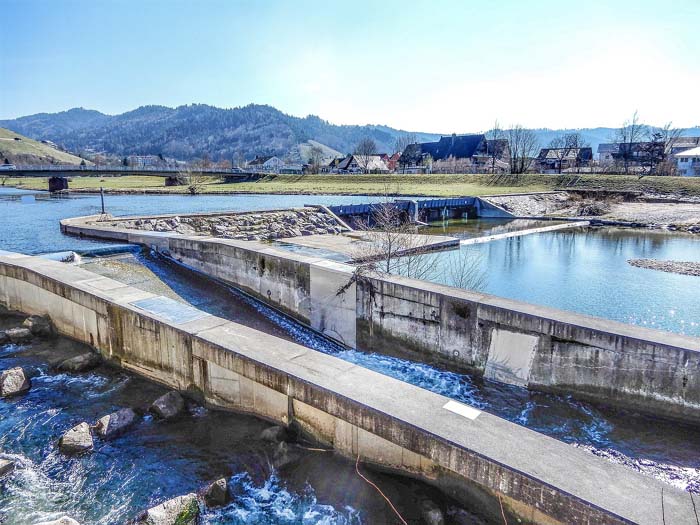
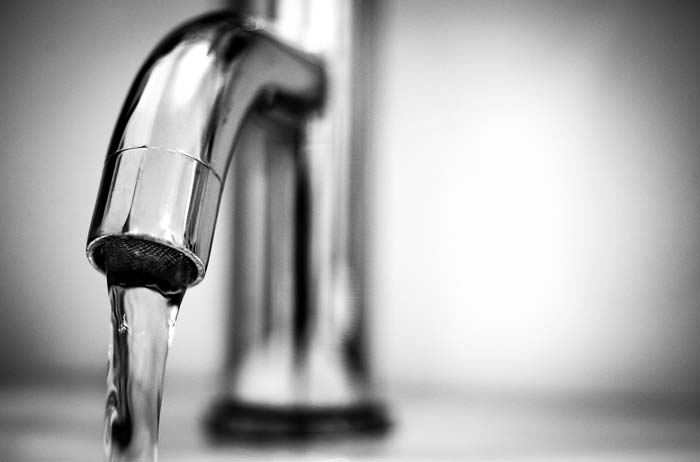 Sedimentation
Sedimentation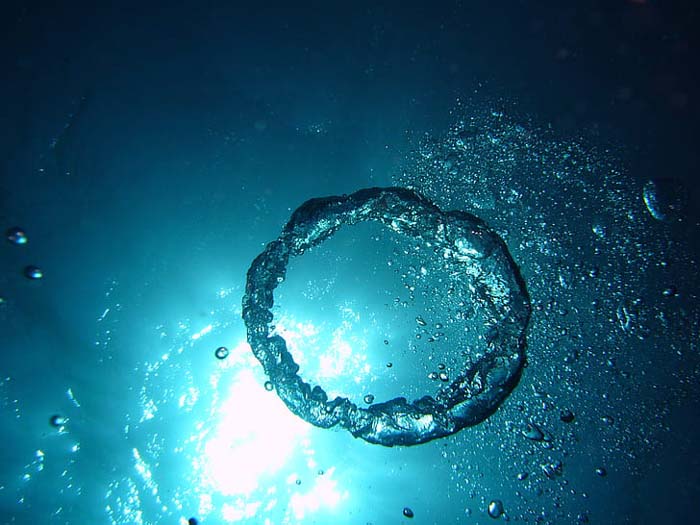
 Deoxygenation by boiling
Deoxygenation by boiling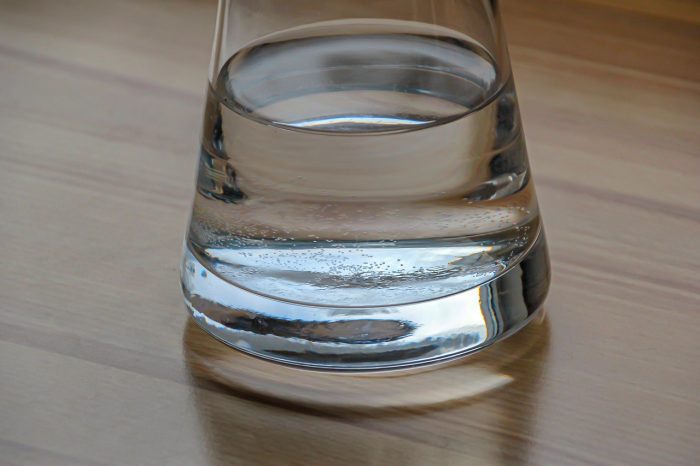
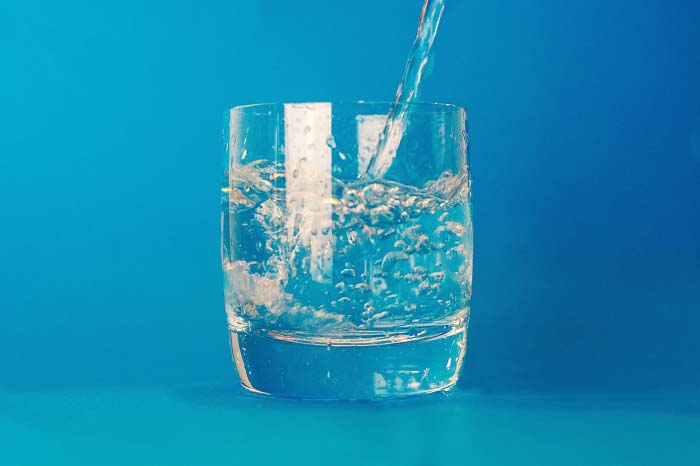 Which is higher, BOD or COD?
Which is higher, BOD or COD?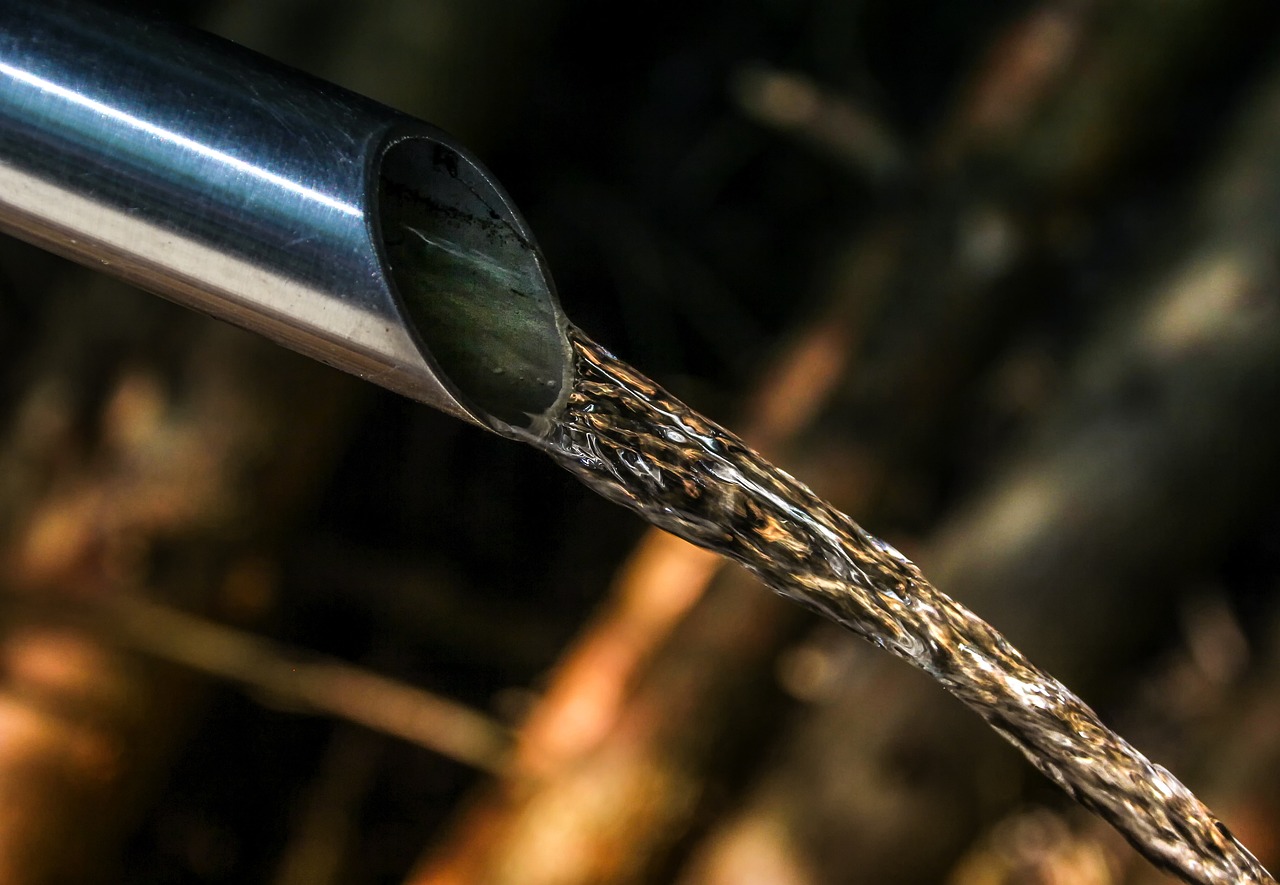
 Long-Term Sustainability:
Long-Term Sustainability: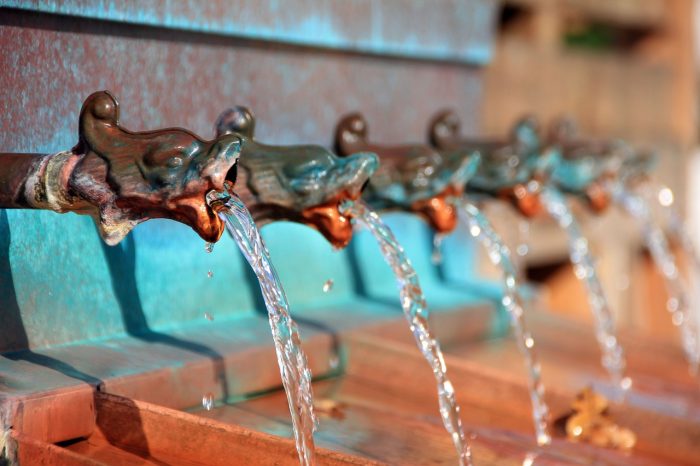
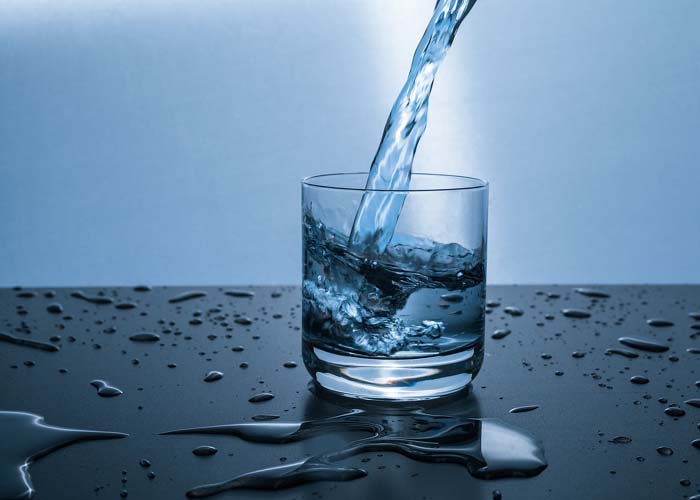 Aquatic Life
Aquatic Life
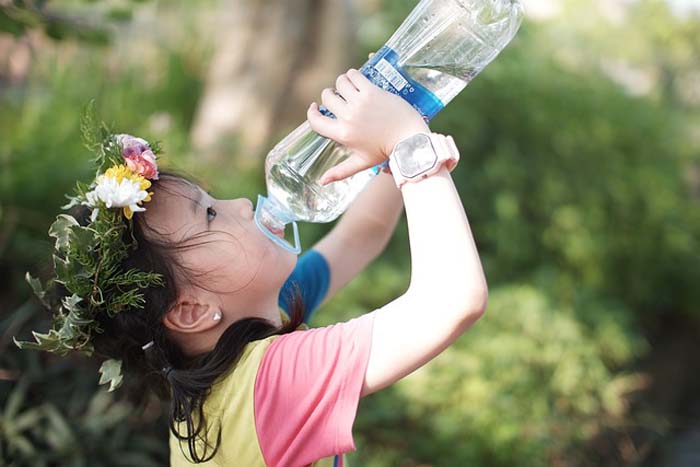 Clean Containers
Clean Containers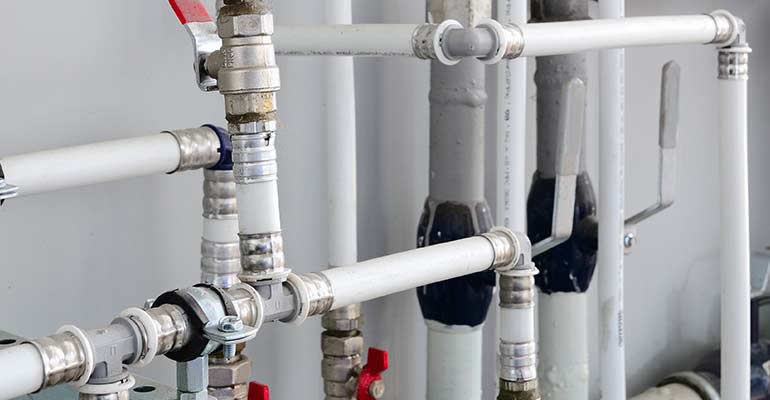
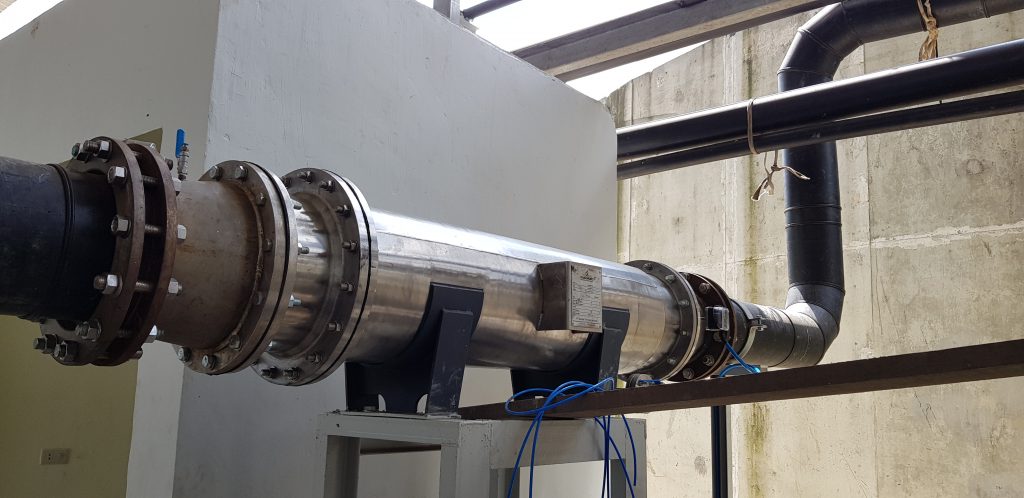 The solution is returned to the tank for reuse after cleaning the line thoroughly. Last but not least, the line is supplied with fresh rinse water. Purge the tanks and pipes of the cleaning solutions used in the previous process; that is the goal of this operation. Collecting and storing rinse water for subsequent use in washing machines is a common practice. It is possible to heat the water and cleaning products to your liking.
The solution is returned to the tank for reuse after cleaning the line thoroughly. Last but not least, the line is supplied with fresh rinse water. Purge the tanks and pipes of the cleaning solutions used in the previous process; that is the goal of this operation. Collecting and storing rinse water for subsequent use in washing machines is a common practice. It is possible to heat the water and cleaning products to your liking.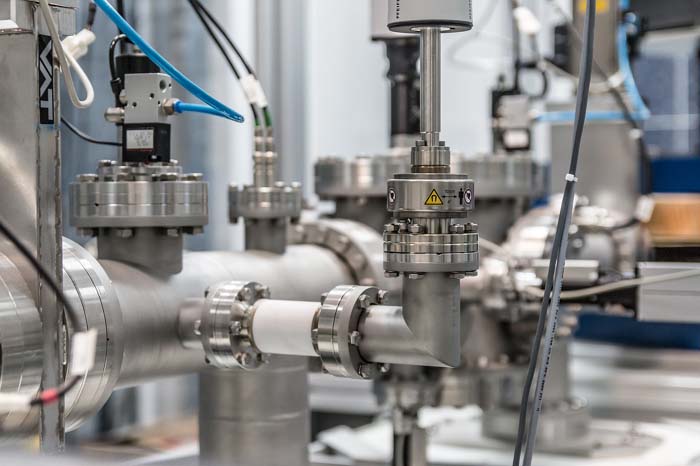
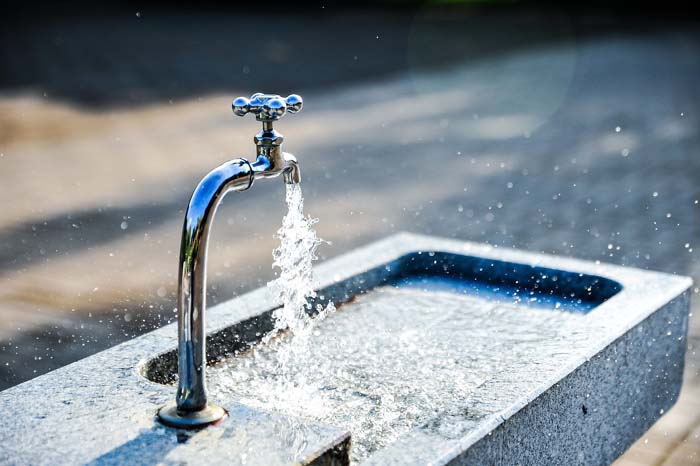 Your plumbing system will experience a hammer if the circuit pressure drops and this water turns into steam. Another reason pipes don’t last as long as they should is that carbonic forms during the unintended phase between shifts of condensate and steam. This acid damages the pipe wall.
Your plumbing system will experience a hammer if the circuit pressure drops and this water turns into steam. Another reason pipes don’t last as long as they should is that carbonic forms during the unintended phase between shifts of condensate and steam. This acid damages the pipe wall.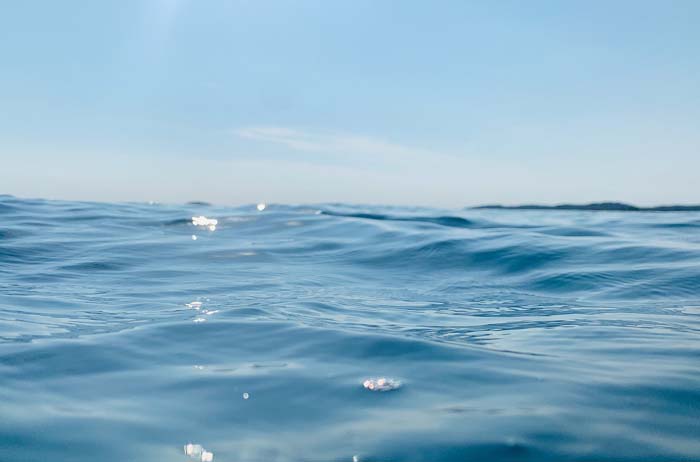
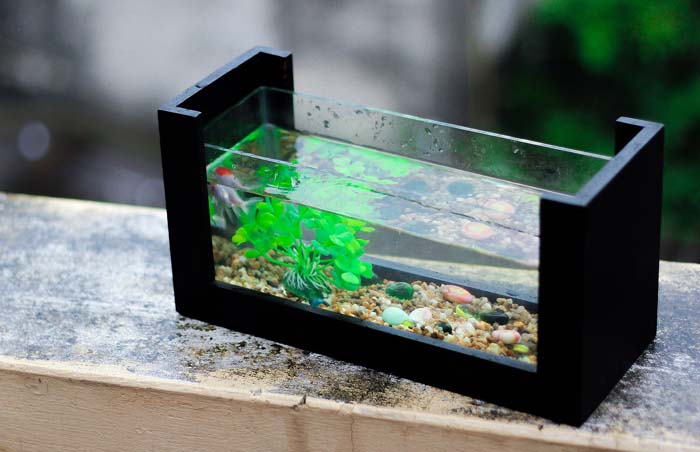 How much salt do I need for a 10-gallon brackish tank?
How much salt do I need for a 10-gallon brackish tank?